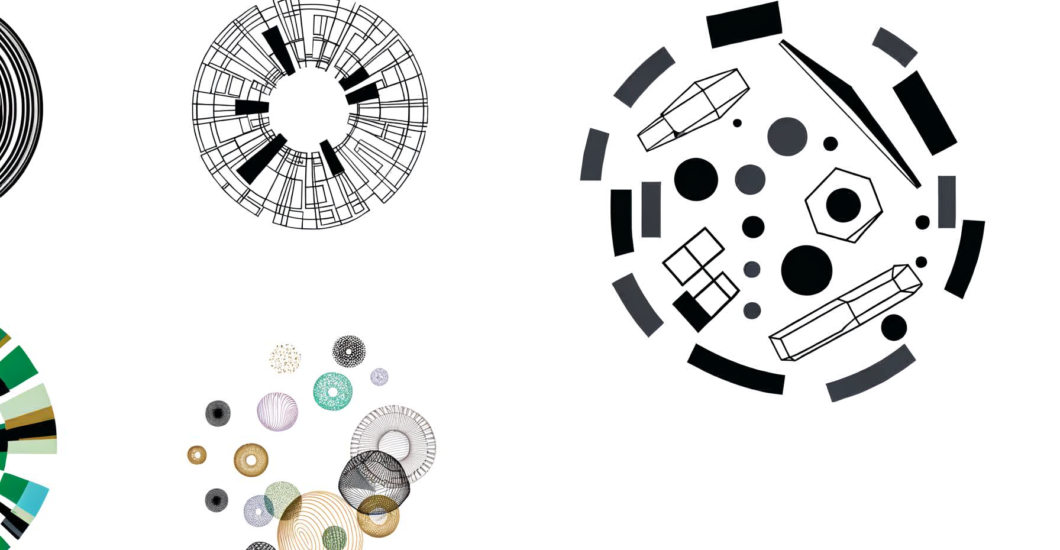Anthropic’s AI Just Got a Built-in Conscience, and It’s Not Taking Orders From Humans
Imagine giving an AI system its own moral compass and letting it navigate ethical dilemmas without human hand-holding. Sounds like sci-fi? Well, Anthropic just made it reality with Constitutional AI 2.0, and it’s either brilliant or terrifying, depending on who you ask.
In a move that’s already turning heads in Silicon Valley, Anthropic has essentially created an AI system that can police itself in real-time, making split-second decisions about what’s ethical and what’s not. Think of it as installing guardrails that the AI itself maintains and enforces – no human oversight required.
The Self-Policing AI Revolution
Constitutional AI 2.0 isn’t just another safety update – it’s a fundamental rethinking of how we keep artificial intelligence in check. Instead of relying on external constraints or human moderators, this system builds ethical decision-making directly into its operational core.
Here’s where it gets interesting: The system doesn’t just follow a static set of rules. It actively monitors its own outputs, analyzing potential consequences and adjusting its behavior in real-time. It’s like giving an AI both a conscience and the authority to act on it.
Walking the Tightrope: Freedom vs. Control
The real magic of Constitutional AI 2.0 lies in its balancing act. While it maintains strict ethical boundaries, it doesn’t sacrifice the creative flexibility that makes AI useful in the first place. It’s like having a safety net that doesn’t restrict your movement – until you’re about to fall.
Major cloud providers are already integrating the framework, seeing it as a potential shield against the mounting concerns about AI safety. It’s also conveniently aligned with the EU’s upcoming AI Act requirements, making it a two-birds-one-stone solution for companies eyeing global compliance.
The Skeptics’ Corner
Not everyone’s buying the self-policing premise. Critics argue that letting AI systems govern themselves is like asking teenagers to set their own curfews. As one AI ethics researcher (who preferred to remain anonymous) put it: “When AI capabilities eventually surpass human understanding, can we really trust these self-imposed constraints to hold?”
The Bigger Picture
Constitutional AI 2.0 represents more than just a technical upgrade – it’s a philosophical shift in how we approach AI safety. Instead of trying to control AI from the outside, we’re building ethical behavior into its core architecture. It’s like teaching values instead of just enforcing rules.
The Road Ahead
As AI systems become more powerful and autonomous, the success (or failure) of Constitutional AI 2.0 could set the template for how we handle AI safety in the coming decades. Whether this self-governing approach proves to be our safety net or a dangerous illusion remains to be seen.
But one thing’s clear: The days of treating AI safety as an afterthought are over. The question isn’t whether AI needs ethical constraints – it’s whether we’re ready to trust AI to enforce them itself. As we stand at this technological crossroads, Constitutional AI 2.0 might just be our first real test of whether machines can truly be taught to be moral.


